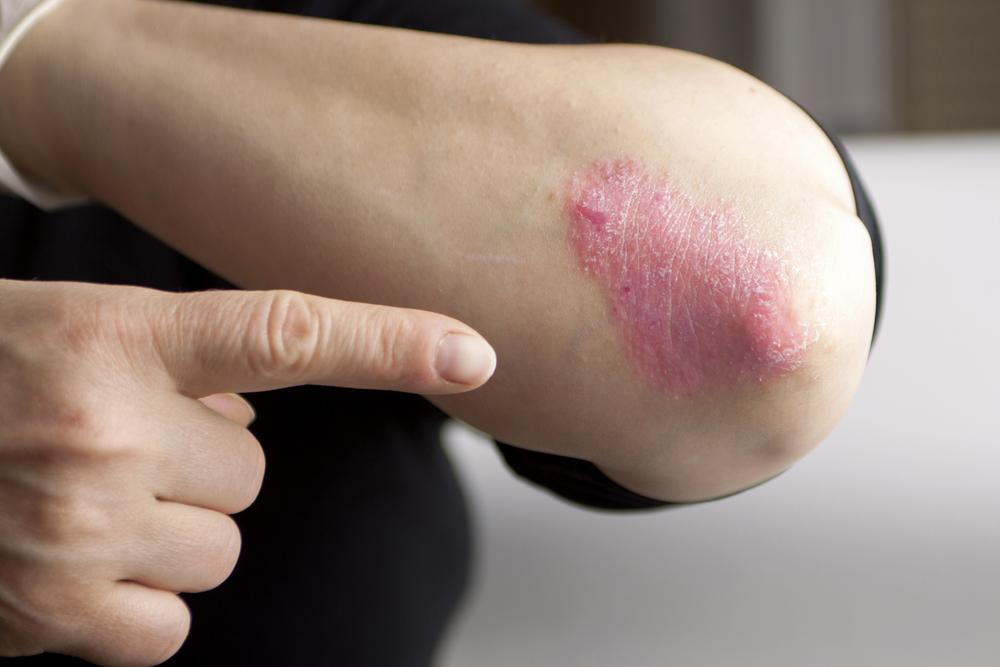Cutting-Edge Strategies for Managing Facial Psoriasis Effectively
Discover the latest advancements in managing facial psoriasis, focusing on innovative laser therapies like XTRAC. Learn how these cutting-edge treatments offer safe, effective, and minimally invasive options for clearer skin and improved confidence. Designed for patients seeking alternative solutions, this comprehensive guide highlights the benefits, procedures, and expected outcomes of modern psoriasis management strategies.

Cutting-Edge Strategies for Managing Facial Psoriasis Effectively
Facial psoriasis is a chronic condition that poses unique challenges due to the sensitive nature of facial skin and its impact on self-esteem and daily life. Managing this skin disorder requires innovative approaches that not only target symptom relief but also ensure minimal side effects. Thanks to recent technological advancements, patients now have more effective and less invasive treatment options available. One such breakthrough is the use of XTRAC laser therapy, which has transformed the landscape of psoriasis treatment, especially for facial involvement. This article explores the latest methods, focusing on laser therapies, their benefits, procedures, and what patients can expect from modern treatments.
Understanding facial psoriasis is crucial in appreciating the significance of these advances. Psoriasis manifests as red, scaly patches that can appear on the face, scalp, and other parts of the body. When confined to the face, it can significantly affect a person's appearance, leading to psychological distress. Traditional treatments include topical agents like corticosteroids, vitamin D analogs, moisturizers, and systemic medications for severe cases. However, these can sometimes cause unwanted side effects or prove ineffective over time. Consequently, dermatologists continually seek better solutions that are both efficacious and gentle on sensitive skin.
In recent years, laser therapies have emerged as a promising alternative. Among them, the XTRAC laser stands out due to its targeted approach. This therapy specifically employs ultraviolet B (UVB) light to treat psoriatic plaques, offering a non-invasive option that can be precisely directed at affected areas, reducing damage to surrounding healthy tissue. Authorized by the FDA in 2009 for treating psoriasis, the XTRAC laser has gained widespread acceptance for its safety and effectiveness.
The procedure involves the use of a handheld laser device that delivers controlled doses of UVB radiation directly to the psoriatic patches on the face and other sensitive regions. During treatment, patients are required to wear protective goggles to shield their eyes from UV exposure. Each session typically lasts only a few minutes, depending on the size and number of psoriasis patches. The number of sessions needed varies from four to ten, tailored according to the severity of the condition and skin response. Usually, patients undergo treatments twice a week, with gradual improvements observed over several sessions.
One of the key advantages of XTRAC laser therapy is its precision. Since the device targets only affected areas, there is minimal risk to healthy surrounding tissue, reducing unwanted side effects such as burns or skin thinning. Moreover, many patients report significant clearance of scales and redness, leading to enhanced confidence and quality of life. Clinical studies show that over 70% of patients experience substantial symptom improvement after completing their treatment regimen.
Another benefit is that this therapy is painless; most patients describe the sensation as a mild tingling or warmth during the procedure. The non-invasive nature means there is little to no downtime, enabling patients to resume their daily activities immediately after sessions. While some mild side effects like temporary redness or light swelling may occur, these typically resolve quickly without additional intervention. For those with facial psoriasis reluctant to use topical treatments or systemic medications, laser therapy offers an attractive, effective alternative.
Despite its benefits, it is essential for patients to consult with a qualified dermatologist experienced in laser treatments to ensure safety and optimal outcomes. A thorough skin evaluation will determine if laser therapy is appropriate based on the extent and location of psoriasis, skin type, and overall health. Additionally, practitioners customize the treatment plan to suit individual needs, optimizing results while minimizing risks.
In conclusion, innovative approaches like XTRAC laser therapy are revolutionizing how facial psoriasis is managed. By combining precision, safety, and efficacy, these advances help patients achieve clearer skin, improved self-esteem, and a better quality of life. As research continues, future developments may offer even more effective, personalized treatments that further enhance patient outcomes. For those battling facial psoriasis, exploring these cutting-edge solutions with their healthcare provider could be the first step toward a life free from the physical and emotional burdens of this chronic condition.





